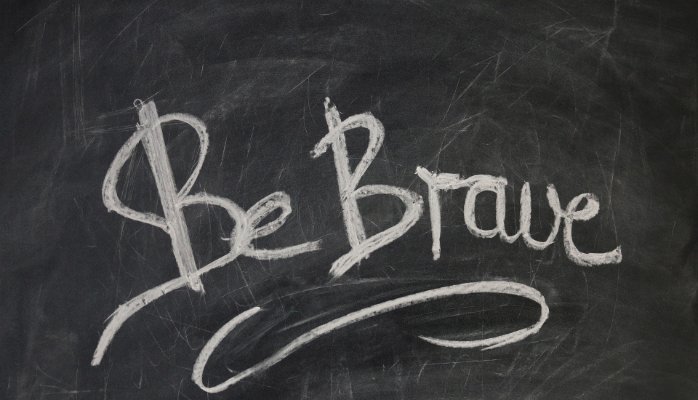Assertiveness is the healthiest communication style amongst four.
In fact, there are four basic communication styles that you could identify with: passive, aggressive, passive-aggressive and assertive. They form a spectrum where assertiveness is right in the middle, it’s the perfect balance between being too passive or too aggressive.
At one opposite of the spectrum there are those who communicate in a passive way. Passive communication is presented in a person who has difficulty in communicating their feelings and opinions and will generally avoid having to do this, acting indifferently and pleasing other people.
This can lead to feelings of resentment and confusion as a person who communicates passively can feel like their wants and feelings are not being considered.
You could notice that these people tend to be very apologetic and to victimise themselves. They allow their resentment and annoyance to mount – usually unaware of this – until they reach their limit and that’s when they can actually explode, feeling guilty and ashamed afterwards.
You can spot this style of communication when people avoid eye contact and speak softly, when they twist and fidget. You can notice that, as a result, they feel anxious for not being in control, they can’t make decisions.
A person with this more submissive style is likely to say something to the effect of “It would be nice if someone could open the window” rather than directly asking for it. Or “Nobody cares about me” or “Anything is fine for me, you choose”.
Do you recognise yourself in this style? Or maybe someone you know?
Next, we’ll talk about the style of passive-aggressive communication. This has similarities to being passive as people with this style of communication do appear passive on the outside, but they are indirectly expressing anger, for example with sarcastic comments.
So they could sound like “Why don’t you take this task? You always know better anyway” or “That’s fine with me, but don’t be surprised if some people won’t like your idea.”
Non verbal cues, especially tone of voice and body language, are very important in spotting this style.
Differently from the passive communicators, passive aggressive ones are aware of their needs but they struggle to voice them, so they feel powerless, stuck, and resentful.
What happens within these people is that they feel powerless to express themselves clearly, which leads to communication of their thoughts and feelings in an unclear or confusing way as well as building up resentment that leads to acting out in subtle yet aggressive ways.
This communication style is generally characterised by seeming to agree or have an opinion initially, but then showing signs of frustration and resentment later, which highlights that they may have actually had a different opinion from the start.
What does a passive-aggressive communicator look like? Well, they often speak with a sugary sweet voice and their facial expressions are inconsistent with their true feelings. They purposely do things to annoy and disrupt – even though they appear pleasant and cooperative – and they tend to be gossipy.
As a result of these patterns, passive-aggressive communicators become alienated from those around them, causing them to feel confused, angry and hurt.
Lastly, let’s cover aggressive communication. As you can easily imagine, this is another unhealthy style of communicating. Probably the one that you can recognise more easily.
People using this style often deliver their message with a sense that their opinions and feelings hold the most importance, and in a way that is inappropriate and violates the other person’s feelings.
Communicating this way is ineffective as the message can get lost because people are too preoccupied with reacting to the way it is delivered.
Normally the message is delivered with a loud voice and a demanding tone. An aggressive person can try to dominate and control the conversation to the point of becoming intimidating, critical, bullying and even attacking the other person.
Aggressive communicators behave as if their needs are the most important, as though they have more rights. They are very rude and not able to listen to others.
They are verbally and sometimes even physically abusive and you could hear words like “It’s all your fault” “you are crazy” “I’ll get my way no matter what.”
When you are in front of these communicators, you are likely to feel scared, hurt and humiliated.
Now that we have covered all three dysfunctional communication styles, perhaps you can look at yourself, different situations and people around you and identify what kind of communicators you and they are, bearing in mind that even though we all have a predominant style, we can all swing along the spectrum depending on the situations or people you are facing.
Recognising this can allow you to shape your interactions and even to empathise more with those around you who you notice are struggling in their own communication. Or to establish boundaries with those who are being aggressive with you.






